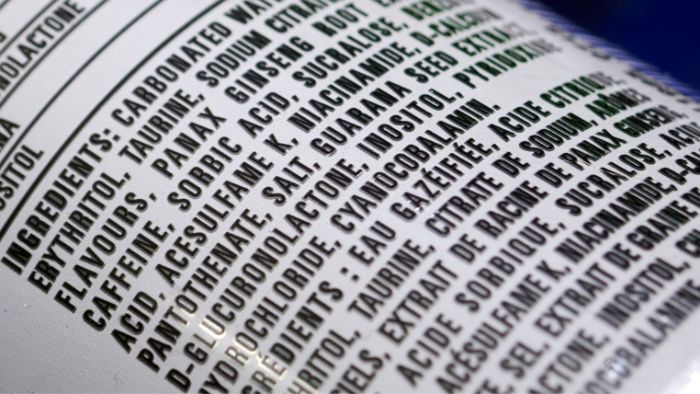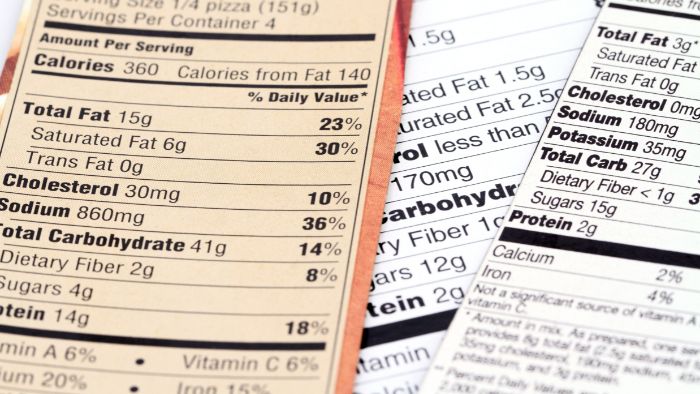Pharma labeling is a crucial aspect of the pharmaceutical industry, serving as the primary communication channel between drug manufacturers and end-users. It provides essential information on drug identification, dosage, administration, and safety.
Regulatory bodies around the world, such as the FDA in the United States and the EMA in Europe, impose stringent requirements to ensure that every label on pharmaceutical products is accurate, informative, and compliant with local and international standards.
Global regulatory
- United States (FDA regulations): In the US, the Food and Drug Administration (FDA) mandates comprehensive labeling to include the drug name, dosage form, net quantity, active ingredients, and the route of administration. The FDA also requires specific warnings, drug interaction information, and controlled substance symbols if applicable. Furthermore, the labeling must be designed to meet readability standards to ensure that it is accessible to all users.
- European Union (EMA regulations): The European Medicines Agency (EMA) oversees labeling requirements in the EU, which include detailed instructions in all official languages of the European Union, depending on the countries where the drug is marketed. EMA guidelines focus on patient safety by requiring clarity in labeling, including explicit instructions on the use and potential side effects of the medication.
- China (NMPA regulations): The National Medical Products Administration (NMPA) requires pharmaceutical labels in China to include both the generic and brand names of the drug, comprehensive dosage information, and manufacturing details. Labels must be in Mandarin, and they must clearly state any special storage conditions and expiration dates to maintain product efficacy and safety.
- India (CDSCO regulations): The Central Drugs Standard Control Organization (CDSCO) in India emphasizes both the active pharmaceutical ingredient content and the manufacturer’s details on the drug labels. Labels must provide detailed dosage instructions, contraindications, and the legal category of the drug (e.g., prescription-only or over-the-counter).
Our labeling machines meet all of these criteria and have a range of solutions, like vial labeling solution and syringe labeling solution, etc.
Key elements of labeling regulations
Labeling regulations in the pharmaceutical sector are primarily aimed at ensuring patient safety and facilitating the proper use of medications. Important elements include:
- Drug identification: Clear identification of the drug, including its generic and brand names.
- Dosage information: Detailed instructions on dosage, administration methods, and frequency.

- Manufacturing and expiry dates: Essential for determining the drug’s shelf life.
- Ingredient listing: All active and inactive ingredients must be listed to inform users of potential allergens or chemical sensitivities.

Usage instructions and warnings: Comprehensive guidelines on how to use the medication, including warnings and possible side effects to prevent misuse and inform about potential risks.
Special labeling requirements
Certain pharmaceuticals require additional labeling considerations:
- Controlled substances: Additional security features like tamper-evident designs and traceability measures.
- Orphan drugs and emergency use authorization: Special labeling that addresses the unique aspects of these drugs, including expanded access and compassionate use instructions.
Sustainability and environmental regulations
The shift towards sustainable practices has also impacted pharmaceutical labeling:
- Eco-friendly materials: Encouraging the use of recycled or biodegradable materials for pharmaceutical labels.
- Recycling and waste management: Labels must provide information on the proper disposal and recycling of pharmaceutical packaging.
Regulatory compliance and label approval processes
Pharmaceutical companies must navigate complex regulatory landscapes to achieve label compliance:
- Label design submission: Labels must be submitted to regulatory authorities for approval before a drug can be marketed.
- Label modification and re-approval: Any changes to the labeling require re-submission and approval, ensuring that all information remains current and compliant.
Technology’s role in compliance
Advancements in technology facilitate compliance with labeling regulations:
- Automated labeling systems: Improve accuracy and efficiency in label applications.
- Label management software: Helps manage label design, modifications, and compliance documentation.

Conclusion
Pharma labeling is not just a regulatory requirement but a vital tool for ensuring the safety and efficacy of pharmaceutical products. By adhering to the guidelines set by various global regulatory bodies, manufacturers can ensure that their products are used safely and effectively.
The continuous evolution of labeling standards demands ongoing vigilance and adaptation from all stakeholders in the pharmaceutical industry to uphold the standards of patient care and safety.

